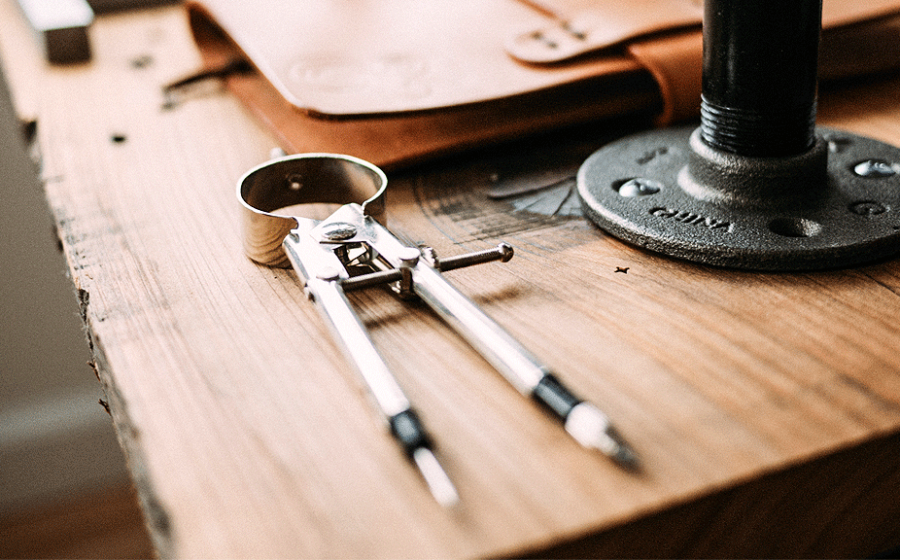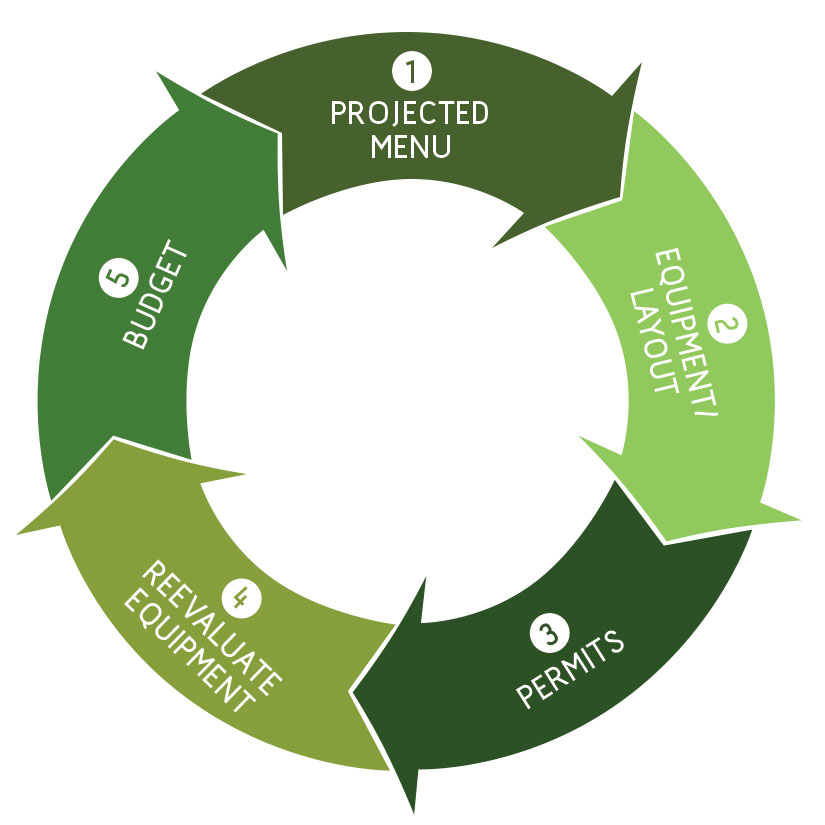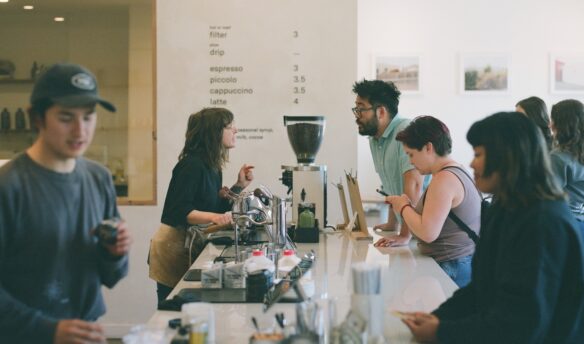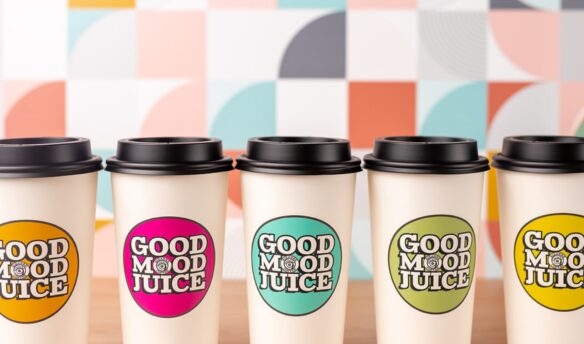Preparing to Prepare
1. Determine your ideal menu. Do you want a toast bar? Are you hoping to offer an extensive list of sandwiches, soups, and salads? Will you be offering breakfast and lunch? Brunch?
2. Research equipment. What equipment will you need to execute your ideal menu? What do you already have on hand? What can you repurpose?
3. Make it legal. Head over to city hall and make sure your plans are up to code. Find out what permits you need and what inspections will be required once your new toys are installed.
4. Revisit equipment. Did the city tell you you’ll need ventilation? What about a grease trap? Take another look at your equipment list to make sure you’ve included all those not-so-sexy kitchen items, too.
5. Evaluate your budget. Is your ideal menu realistic? (If not, adjust your menu and repeat.)
Once you’ve got a menu that works with your budget and has a stamp of approval from the city, it’s time to purchase your equipment and get it installed. This might mean a full-on renovation, or having a ceremonious plugging-in of your new TurboChef.
When the new food prep area is set up, make sure you’ve completed any necessary inspections. Take time to train your staff and practice the new workflow, then open the menu to your customers. We recommend a soft launch to give staff time to adjust and customers the opportunity to give feedback in the early stages.
Layout & Design
1. Let workflow guide layout. In an efficient layout, everything an employee needs should be just a pivot away.
2. Looks are important. Nobody wants to take the last, lonely sandwich. Keep grab-and-go cases fully stocked; this applies to pastry cases too.
3. Size matters. Choose display cases based on anticipated volume—a smaller, fully stocked reach-in is more appealing to customers than a large cold case that appears empty.
4. See the finish line. Remember to include space for prep and plating. Know how customers will access cutlery, whether you set up a station, deliver rolled flatware, or have another system in mind.
5. Think through a menu item from start to finish. From ordering, to preparation, to serving, to storage of leftover ingredients, can you accommodate the menu item? For example, soup typically requires frozen storage, cold storage, soup cookers, hotel pans for cooling baths, ladles, bowls, spoons, etc. Yikes.
A note about retail displays: Eliminate barriers between your customers and grab-and-go food. A door on a cold display dissuades customers by adding an unnecessary step to access food items. Placement matters too—if displays are too far from the register, not easily visible, or require navigation of other customers, they’re too much work to get to.


















